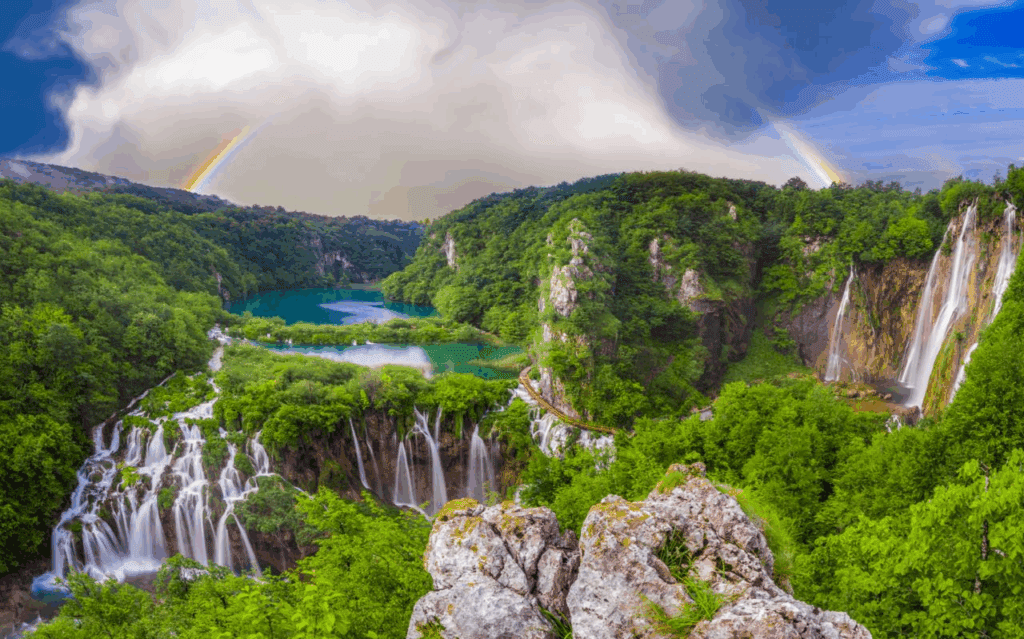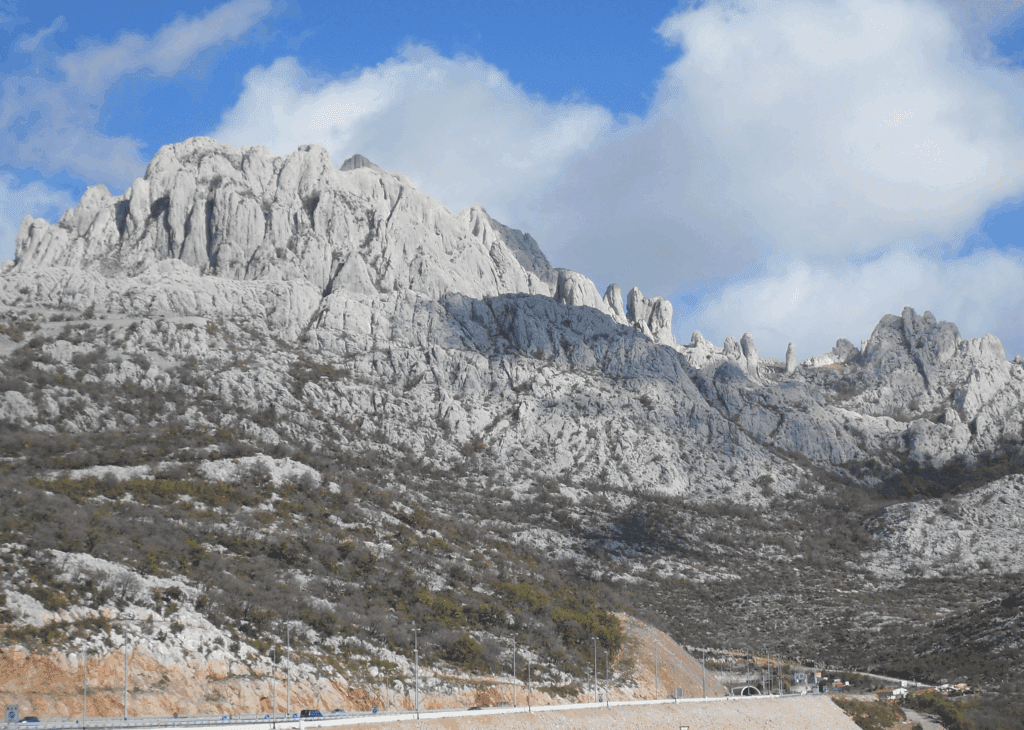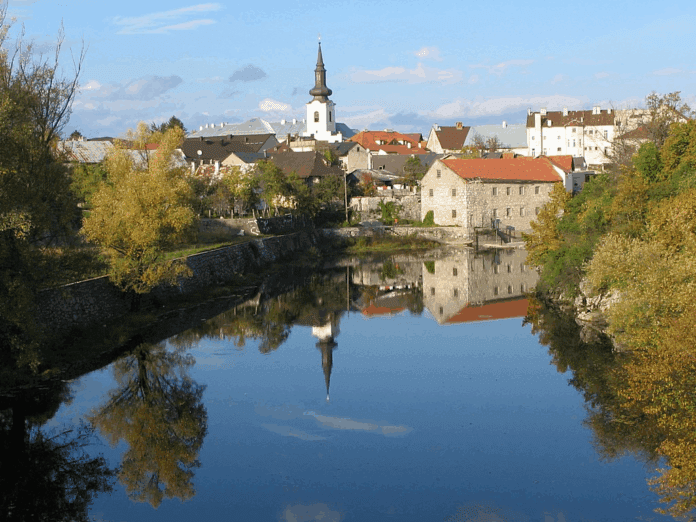Did you know the world’s largest city by area is in Croatia?
Nestled in the Lika region, Gospić covers an astonishing 967.4 km² – larger than New York, Paris, or Berlin. Once known for emigration, Gospić is now experiencing a surprising baby boom, with young families returning, thriving agriculture, and growing interest in rural tourism and affordable real estate in Croatia.
Many people don’t know that, in terms of area, the largest city in the world is located—where else but in Croatia. And specifically, in Lika. It is Gospić, which spans 967.4 square kilometres. In terms of area, it is larger not only than Split or Zagreb but even bigger than Berlin, Paris, and New York.
Baby Boom in a Once-Depopulated Region
And in that Gospić, which is the centre of the Lika-Senj County, and from which many people have historically emigrated—whether to various parts of Croatia, from Slavonia to the coastal towns south of Velebit, or even more frequently abroad—something remarkable is now happening: a genuine baby boom.
More and more children are being born, and young families are returning to the area—not just from abroad, but also from cities like Zagreb, Zadar, and Rijeka, where their parents had previously moved.
There is now plenty of work available, and those who want to establish agricultural ventures are at an even greater advantage, as there is an abundance of land available for lease, not to mention generous European subsidies.
A Surge in Births and Returning Families
The maternity ward in Gospić has thus recorded 20 percent more births than in previous years. A real baby boom began about a month ago and is still ongoing. One of the newborns is little Marija, the fourth child of her mother Ružica—a rare occurrence these days.
A Ukrainian woman, now married to a Croatian man, also gave birth, as did many other women who are pleased with the conditions at the local hospital, and would never consider giving birth elsewhere.
From the City to the Countryside
Among the young families who have returned is Helena’s family, who moved to Perušić, a town near Gospić, from Zagreb several years ago with her husband and three children.
They point out that they found work immediately and have no intention of leaving Lika again. “We like it here, we’re expanding our farming efforts, and we see great potential here,” said Helena. All of the children are enrolled in kindergartens, and the number grows every year.

Excellent Connections and Untouched Nature
Thanks to the motorway from Zagreb to Split, Gospić is very well connected. Zadar, Zagreb, and Rijeka are all within easy reach, and if you want to go to the sea, you can cross the Velebit mountain pass via Baške Oštarije, and you’ll quickly find yourself on the blue Adriatic, in Karlobag.
In addition, tourism is booming on Velebit, especially for hikers and those seeking fresh mountain air—particularly during the summer, when temperatures on the coast reach up to 40 degrees, while on Velebit, even at night, the air remains refreshingly cool. Estate agents are talking about a new trend that is spreading.

A New Property Trend: Lika the Next Gorski Kotar?
After Gorski Kotar, where many people—locals and foreigners alike—have purchased holiday homes, this trend is now spreading to Lika, a vast yet sparsely populated region. People are buying old dwellings or plots for building houses and holiday homes at relatively low prices—something that has long ceased to be possible on the coast.
In winter, they can enjoy snow, hiking, and walks across Velebit, while in summer, they can cool off in the freshness of the local highlands, and when they long for the sea, the Adriatic is just a short drive away. In this way, Lika is becoming increasingly attractive—both to tourists and especially to young Croatian families, who are returning more and more frequently.

